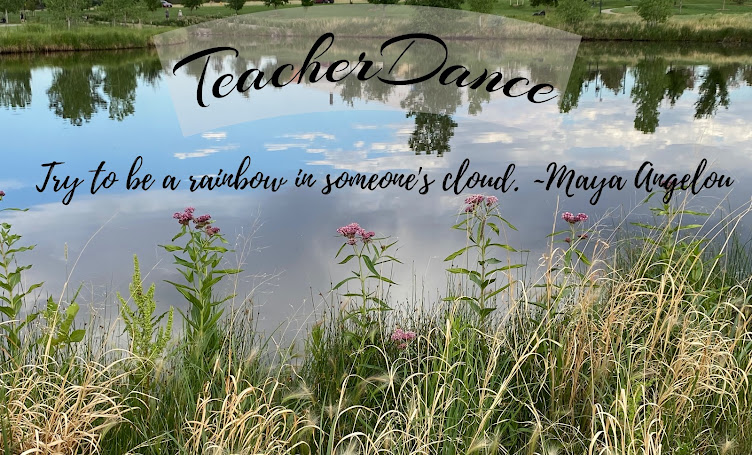August 5, 2011
 |
| This is sometimes what I feel my TBR list looks like! |
My Reading Habits – Wondering What Students Do, Too?
Sometime early in the year, I’ve always liked to have students write about their reading habits, what they’re currently reading, what kinds of things they read besides books, what they love and what they don’t. I usually write too, to let students know how diverse reading habits can be. Those who are avid readers will see that I’m usually reading several books at a time, as they do, and those who are less enthusiastic will see that reading behavior doesn’t just mean books.
Here’s a sample of my reading during a regular day:
o The local newspaper. I read the front-page articles, and if especially interested, finish them when they move to the inner pages. I check the baseball stats for the Rockies, I read certain columns in the local news section and the funnies and my horoscope. This is wake up reading, starting the day with words, coffee, yogurt and cereal.
o Several times a day, I read blogs from my online reader, and then turn to the e-mail. On e-mail, I receive newsletters from Choice Literacy and NCTE, which I skim, and save for the future if some of what is shared looks like I’ll want to look again.
o For writing inspiration, I am currently reading from Roger Rosenblatt’s Unless It Moves The Human Heart.
o For non-fiction, which I read a bit at a time, I’m reading The Food of a Younger Land: The WPA’s Portrait of Food in Pre-World War II American, by Mark Kurlansky.
o For teaching, I am re-reading Becoming A Literacy Leader by Jennifer Allen, and articles I’ve downloaded like the recent tips that Two Writing Teachers shared on Facebook, the Stenhouse Blogstitute articles, and some from Education Week. I also read the NCTE journal, In The Middle. o For pleasure, and lately for teaching, I’m reading Cynthia Voigt’s latest novel, Young Fredle. Our school librarian and I are planning to hold weekly book groups through the holidays called ‘looking for Newbery’, so she and I are reading the books that are creating Newbery talk for the coming award. And, I read magazines like Orion, High Country News, The Smithsonian, Sunset, and a local one titled 5280.
That’s it, mostly. You who are readers know that readers will pick up anything to read just a bit, to see what it’s like, or to skim something interesting. When I share some or all of this with students, they begin to examine their days, and realize that they’re really reading more than they think. I didn’t add texts, but they will, along with Facebook. After discussions about what we read, the next step is how do we read each kind of print? And then, sometimes questions come about how fast, which mean ‘how much to skim and when’? And, where is the most productive place for focused reading?
Making a list of what is currently being read supports great conversation, which leads to other conversations, some lessons in different approaches to different kinds of reading, and recommendations by peers. Reading, critical to all learning, is one of the topics that can’t be ignored just because students appear to read well. There’s a depth and a breadth of individual learning to consider.

















